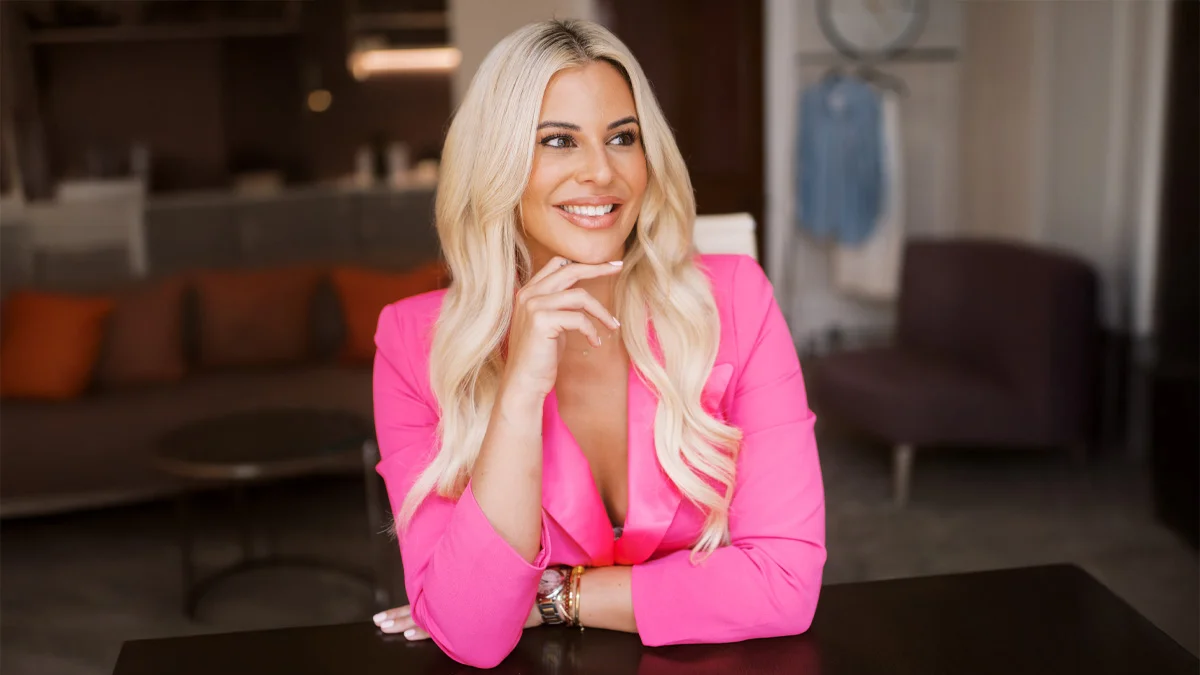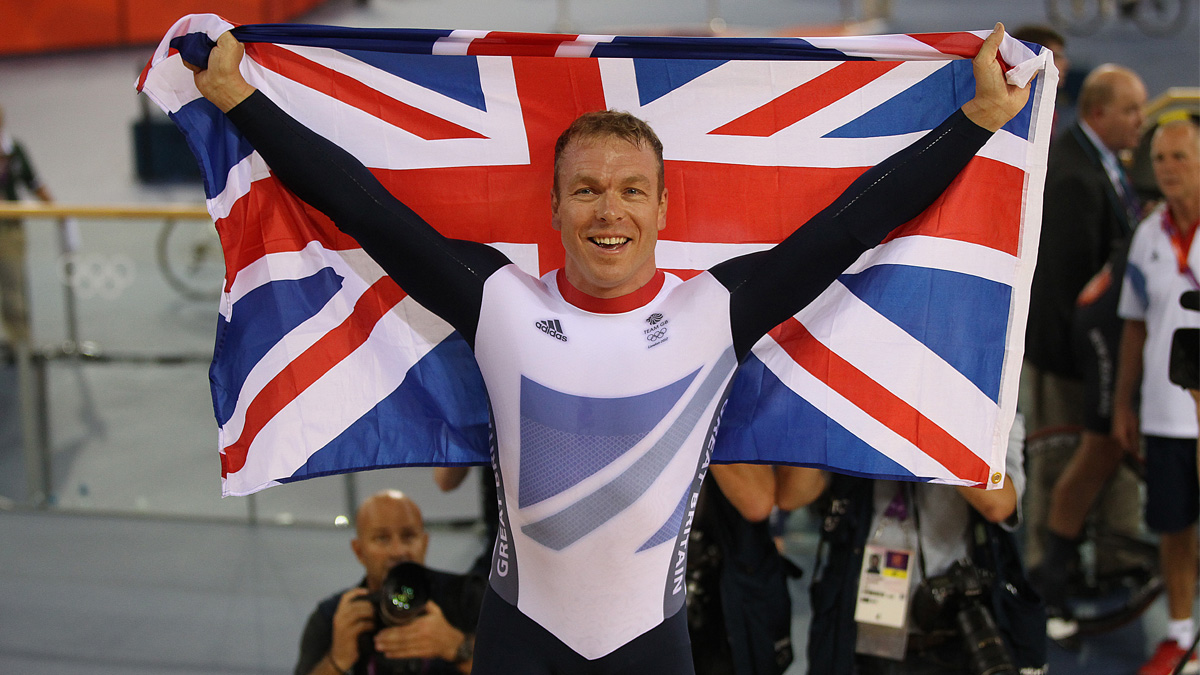
When I started as a B2B marketing manager at a recruitment agency, the first task was to build the company’s presence on social media. I spent weeks creating Canva graphics, taking team photos and trying every trick I’d learnt running my own business – a clothing brand that had folded a few years earlier.
But no matter what I posted, there was zero engagement. Sure, we gained followers – usually people who followed us after applying for jobs – but nobody interacted. It was maddening.
Then I stumbled across a stat: “LinkedIn ranks members’ content above company updates.” Surely that couldn’t be true? I thought all social platforms treated pages equally.
They don’t.
LinkedIn sees 13 billion content impressions each week, but only three million users post. That’s a huge content gap – and people want to follow people, not companies. To fill that gap, LinkedIn’s algorithm favours posts from personal profiles over company pages and even sponsored ads.
Think about your own feed: which gets more engagement – your personal posts or your company’s? I realised I hardly saw a company update at all.
We know this instinctively – we trust friends, even strangers, over brands. That’s why Trustpilot exists, why Amazon reviews sway us and why we read five TripAdvisor reviews before booking a five-star hotel.
I’ve generated more than $4m in business revenue from my LinkedIn profile – not from my company page, but from my personal brand.
When I launched Klowt, I didn’t even have a website for the first 12 months. About 80 per cent of our business still comes through my profile (SEO handles the rest).
The revenue is just one part. LinkedIn has also brought me a book deal, paid speaking gigs worldwide, features in Forbes, The Telegraph and Entrepreneur, interviews on the BBC, GBTV, Sky News and ITV – and the opportunity to write this article.
LinkedIn isn’t just a job board anymore. It’s where CEOs, founders and leaders can build unmatched visibility, authority and opportunity if they’re willing to show up consistently.
If I had to start from scratch tomorrow, here’s what I’d do.
Step 1: Make your profile a landing page
Most leaders’ profiles read like they were copied from a 2011 HR manual: full of titles, buzzwords and corporate jargon with very little that is useful. You don’t need to mention how hard-working and professional you are, that’s the bare minimum. But you should make it about you, not your company. Paint a picture of who you are: your why, your passions, your journey – things that make people want to connect.
To fix yours, consider these four key sections.
Headline: this should be more than your job title. Use it to say who you help, what problem you solve and why that matters. This is prime digital real estate, so make it count by being specific and compelling.
About: tell your story in a way that feels personal and authentic. Share how you started, what has happened since and what’s next for you. Write in the first person, cut out the jargon and make it human so people connect with you.
Featured section: treat this like a call-to-action button. Pin your best posts, key landing pages, case studies or social proof. This is your space to guide people toward the content that best represents your work and value.
Recommendations: ask colleagues, clients and employees to write these for you. Let others talk about your value and impact – third-party endorsements often carry more weight than anything you could say yourself.
If your LinkedIn profile were a landing page on your website, would it convert? If not, rewrite it.
Step 2: Treat content like a sales funnel
If you’re just posting quarterly awards or resharing company updates, that’s not thought leadership. As a business leader, you have insights, experience and skills the world wants. But too many leaders hide behind safe, boring content because they are worried about what other people will think, that they’ll sound stupid or because they are too lazy to try something more interesting.
Remember, you have 561 per cent more reach than your company page. Look at how many followers Steven Bartlett has versus Flight Story. Or Richard Branson versus Virgin. Yet your team are probably spending far more time building your company’s social media than yours.
The best content mix has at least one of these:
Authority
Share your big-picture thinking, strategic approaches and proprietary frameworks – anything that positions you as an expert
Education
Give away something practical and valuable. A hack, a method or a mistake to avoid. Teaching generously will build loyalty
Perspective
Share your view on something that’s broken or misunderstood in your industry, or offer an opinion on something in the news. Don’t be afraid to ruffle feathers – this will get you the most reach
Personality
Let your followers in by talking about your routines, quirks and values – make people feel they know you
Storytelling
People connect to stories. One of my best-performing posts was when I spoke about my divorce, because it resonated – and that builds trust. Share pivotal moments and turning points, then tie it back to something meaningful. Cock-ups usually make the best content!
Social proof
Don’t name-drop every client but do talk about real wins, real numbers and real transformations

Don’t see this as a content plan but a sales funnel. We’ve had clients land deals just by posting three times a week with this model. No ads, no cold calls, just inbound leads warmed up before the first conversation because they’ve been led down a funnel designed for them.
Step 3: Commenting is the new networking
Posting alone isn’t enough. The real ROI of personal branding lives and breathes in the comments section. Plus, LinkedIn is an ecosystem. If you’re just broadcasting, without interactive, you’re invisible.
I use a system I call the 3x4 rule. Every time you post you should immediately reply to the first three comments, then “like” three posts, then comment on three posts, then connect with three new people. It takes between 10 and 15 minutes a day but keeps you top of mind with prospects, peers, talent and press – without spending a penny.
Commenting and engaging isn’t just good for other people, it’s good for you too. The more you engage, the more the algorithm sees you as an active user and the more it will push your content to new audiences. Leaders who do this consistently will win on the platform. Leaders who don’t wonder why their posts never land.
Step 4: Warm up cold leads
We’ve all received a generic LinkedIn sales pitch. The message that says: “Hi Amelia, I see we have some mutual connections and I wanted to share how we help businesses just like yours, blah blah blah…” Delete.
The trick is not to avoid outbound but to warm people up with relevance and real human conversation. If you don’t have time to do this, get your sales team on it. They can segment groups of people through LinkedIn’s Sales Navigator and send them personalised messages as you.
To do this, you should follow up with people who comment on your posts, direct message people who view your profile, leave thoughtful comments before sending a request, send connection requests without a message (curiosity always wins) and ask smart questions to build rapport.
This is how we help people get five times the reply rate on their outbound messages. When you start with connection, not a pitch, the sale is that much easier.
Step 5: Action is better than strategy
Building a personal brand is 10 per cent content, 90 per cent consistency. This is the part no one wants to hear. You can have the best profile, smartest insights and sharpest positioning but if you post once a month it won’t work.
Your rhythm should include posting two to four times a week with rotating themes around a story, how-to, opinion and social proof. Batch produce content once a week and schedule. And reply to your bloody comments.
Think of it like compound interest: every post is a deposit, and every engagement is building your brand equity. Do it for 30 days, people recognise your name. Do it for 90, you become your company’s biggest marketing channel.
In 2025, it’s not enough to be the best: you have to be the best-known – and you are the quickest and most effective route to your business being the best-known. Brands such as Sult, Tala and Gymshark have all raised off the back of their founders' personal brands – taking market share from industry incumbents in the process.
Attention is the number 1 asset your business needs to grow and your personal brand on LinkedIn is that asset. You don’t need to be an influencer or a creator or a thought leader, you just need to be visible and valuable to the people you want to sell to.
Your LinkedIn profile is already speaking for you. The only question is: do you like what it says?
Related and recommended

Viral collaborations, bold branding and a sharp eye for trends helped Nails.INC become a household name. Its founder opens up about the lessons learned along the way

What an iconic Olympian’s journey can teach today’s business leaders about clarity, teamwork and grit

In a world of scarce attention, the leader who shows up wins. Personal branding expert Amelia Sordell explains how to do it with purpose

Whether winning an Olympic gold medal or scaling your business, an overriding sense of purpose helps you punch above your weight

